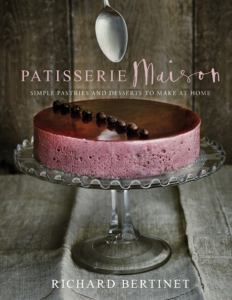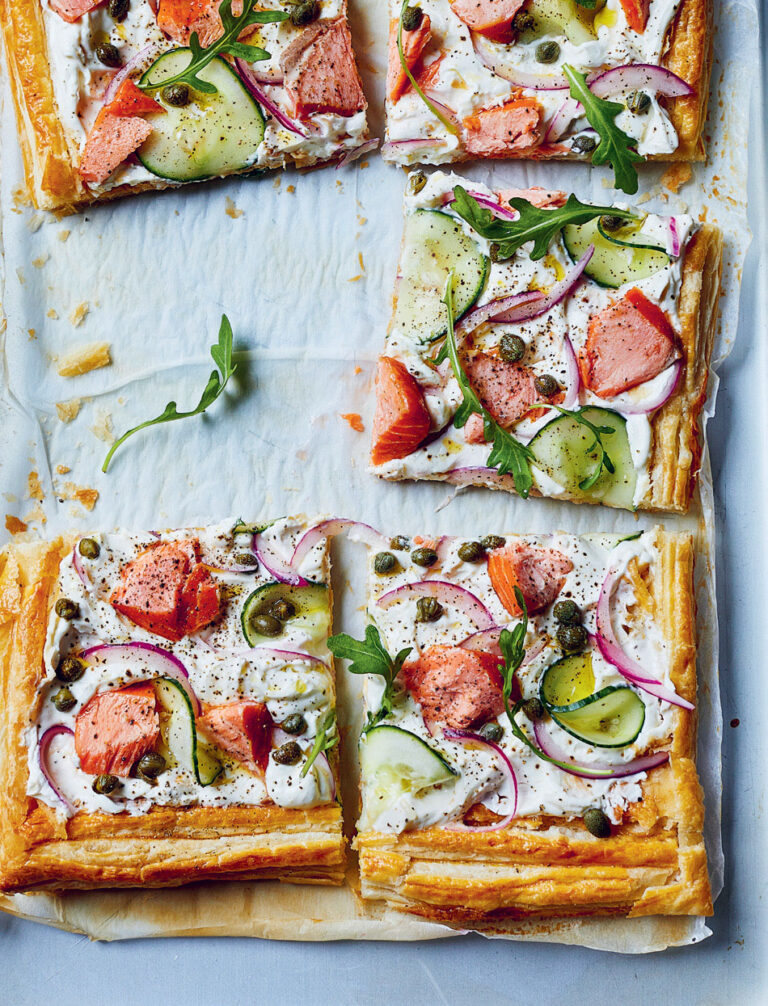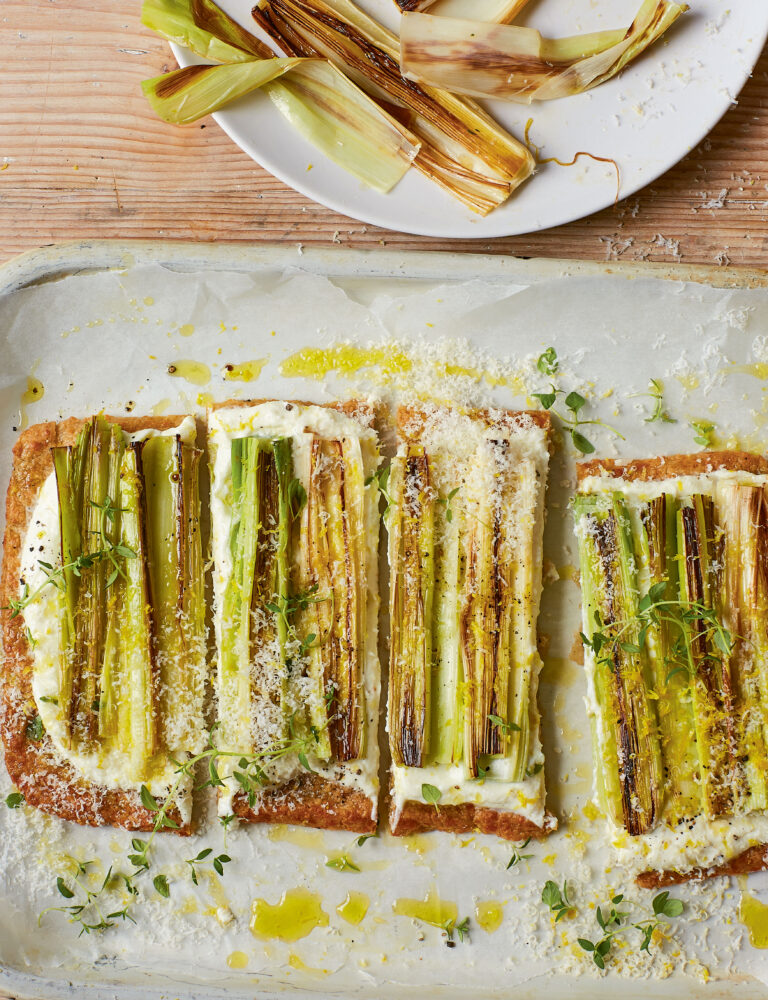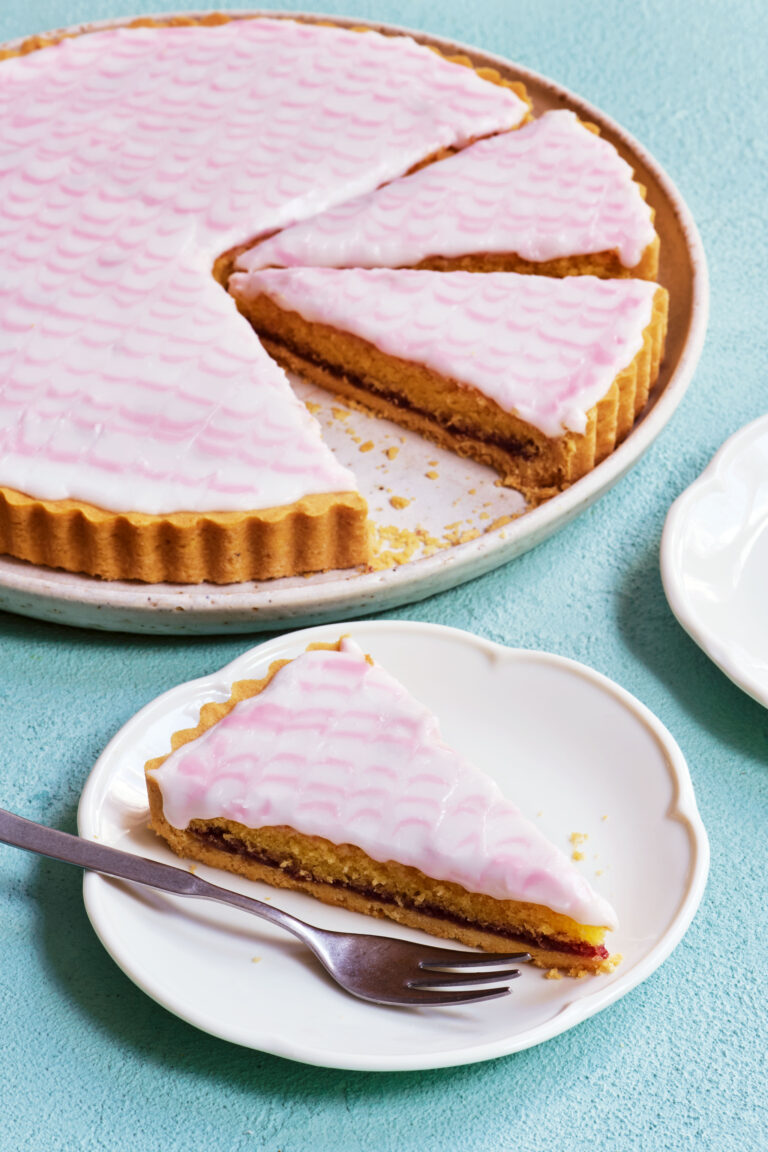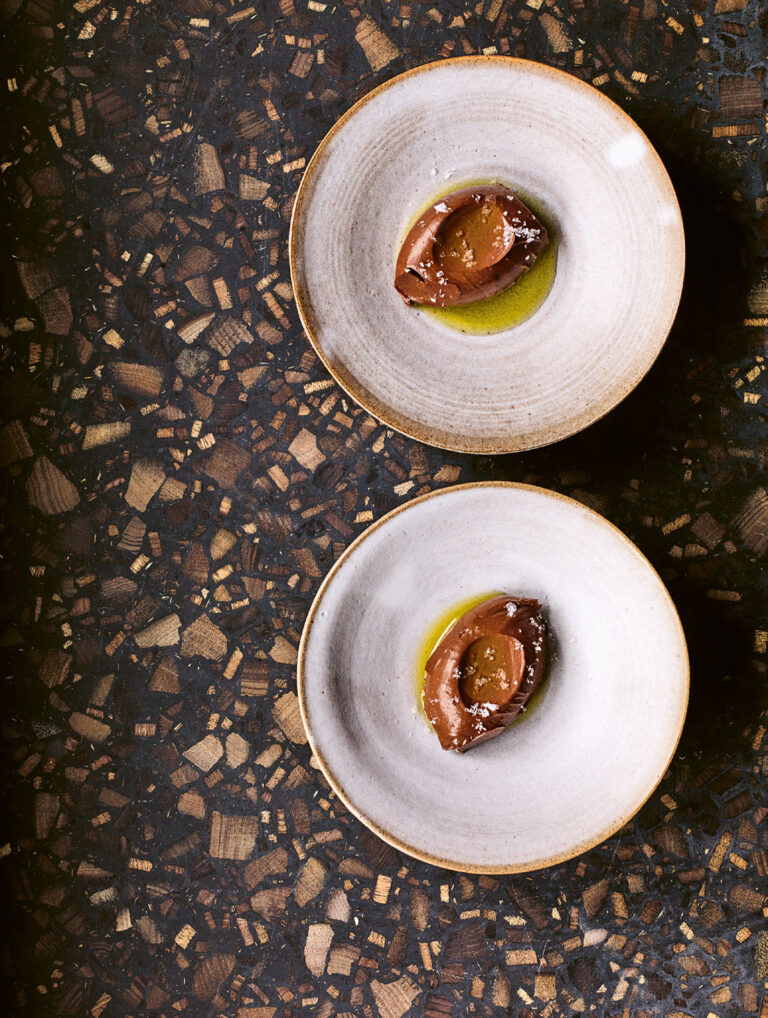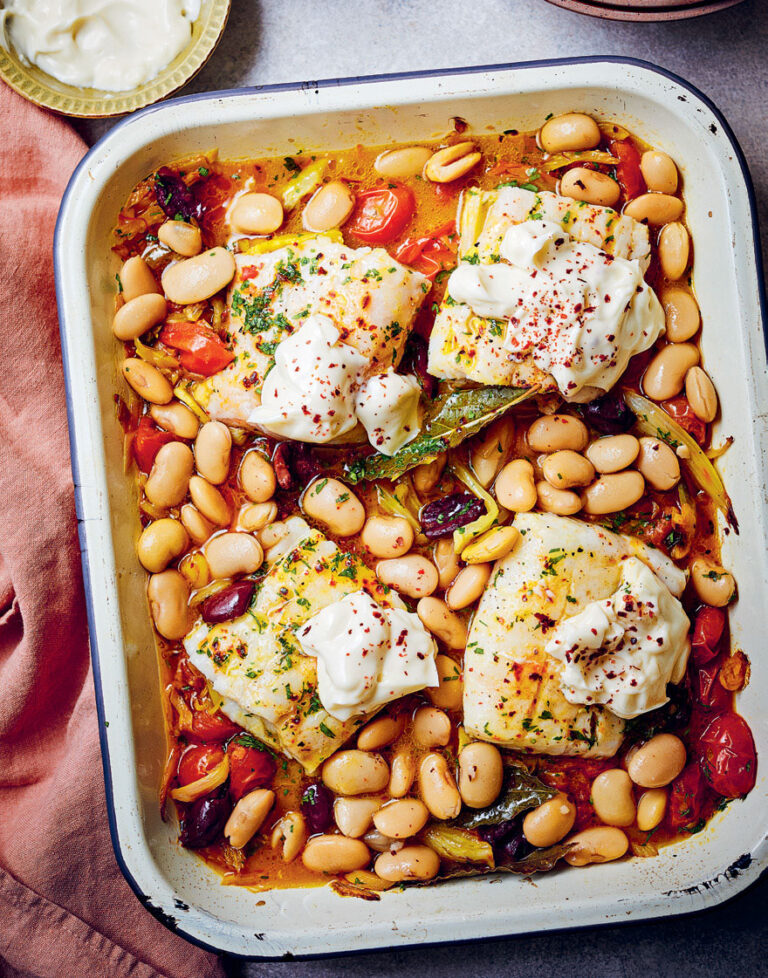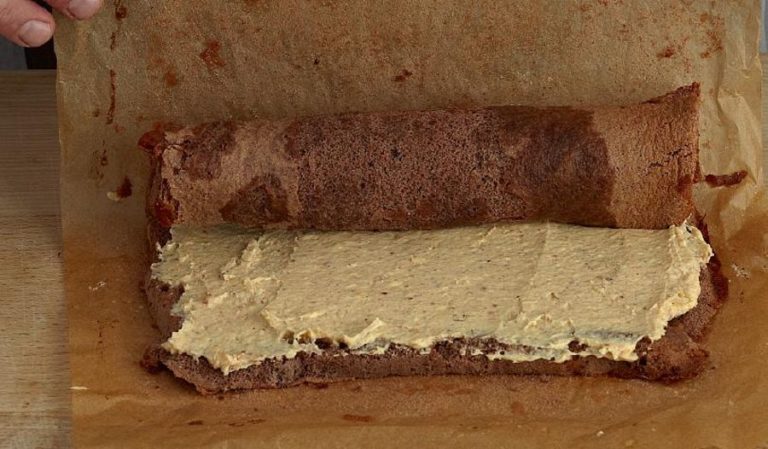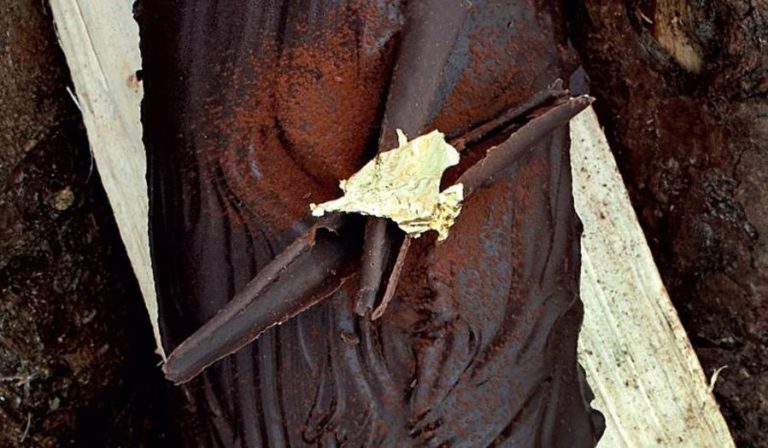Flan Patissier
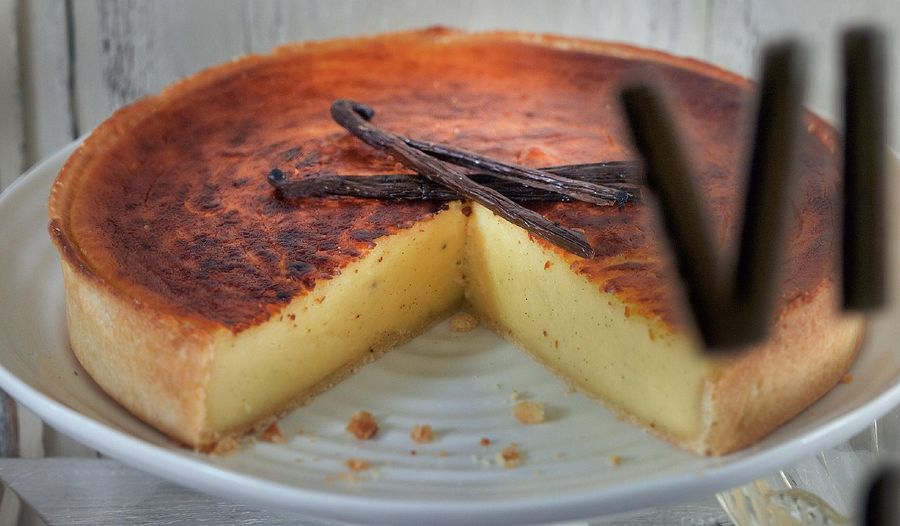
A recipe from Richard Bertinet, flan patissier is the French equivalent of the custard tart. The delicious dessert is filled with simple, vanilla infused cream.
Introduction
This is the tart that you see in patisseries all over France (the equivalent of a custard tart). It is often made in a long slab that can be sliced as a treat at any time of the day, but especially for children coming home from school.
Ingredients
| 1 | quantity sweet pastry (see link to ingredients and method below) |
| A little | butter or baking spray, for greasing the tin |
| A little | flour, for rolling |
| For the filling: | |
| 200ml | full-fat milk |
| 200ml | double cream |
| 1 | vanilla pod |
| 1 | medium egg, plus 1 medium yolk |
| 100g | caster sugar |
| 40g | cornflour |
| 20g | butter, melted |
Essential kit
You will need a 20cm loose-bottomed tart tin.
Method
First, make the sweet pastry. You will need half the quantity given here. Return to the method below once the pastry is ready to roll out and bake.
Preheat the oven to 190°C/gas 5.
Lightly grease a 20cm loose-bottomed tart tin with butter or baking spray
Lightly dust your work surface with flour, then roll out the pastry into a circle 5mm thick and large enough to fit into the tin, leaving an overhang of about 2.5cm.
Roll the pastry around your rolling pin so that you can lift it up without stretching it, then drape it over the tin and let it fall inside.
Ease the pastry carefully into the base and sides of the tin without stretching it, and leave it overhanging the edges. Tap the tin lightly against your work surface to settle it in. Prick the base of the pastry all over with a fork to stop it from trying to rise up when in the oven (even though it will be held down by baking beans, it can sometimes lift a little).
You can use a large sheet of baking paper for lining your tart case, however I prefer to use clingfilm (the kind that is safe for use in the oven or microwave) as it is softer than paper and won’t leave indents in the pastry. Place three sheets of clingfilm (or one sheet of baking paper) over the top of the pastry case, then tip in your baking beans and spread them out so they completely cover the base. Don’t trim the pastry yet. Put the case into the fridge for at least one hour (or the freezer for 15 minutes) to relax it.
Pre-heat the oven to 190C / gas 5.
Remove the pastry case from the fridge and put in the pre-heated oven for about 20 minutes until the base has dried out and is very lightly coloured, like parchment.
Remove from the oven and lift out the clingfilm (or baking paper) and beans. Don’t worry if the overhanging edges are quite brown, as you will be trimming these away after you have finished baking your tart.
Brush the inside of the pastry case with the beaten egg and put it back into the oven for another ten minutes. The inside of the pastry, and particularly the base, will now be quite golden brown and shiny from the egg glaze, which will act as a barrier so that the pastry will stay crisp when you put in the filling.
Let the pastry case cool down then you can trim away the overhanging edges.
Turn down the oven to 180°C/gas 4.
To make the filling, put the milk, cream and vanilla pod (split and seeds scraped in) in a pan, bring to a simmer (be careful not to let the mixture boil), then take off the heat and leave to infuse for at least an hour. Remove the vanilla pod.
In a bowl, mix the egg, yolk and sugar until pale and creamy, and then whisk in the cornflour. Stir in the melted butter.
Put the pan containing the milk and cream mixture back on the heat and bring slowly to the boil, whisking all the time, then turn down to a simmer for 1 minute, still whisking all the time. Take off the heat and pour onto the egg and sugar mixture, stirring well.
Pour the mixture into the tart case and bake for around 45 minutes, until the filling is firm to the touch and a deep, dark golden on top — like the top of a crème brûlée. Take out of the oven, slide off the tin, and cool completely on a wire rack before serving.
Reviews
Have you tried this recipe? Let us know how it went by leaving a comment below.
Thank you for your rating. Our team will get back to any queries as soon as possible.
Please note: Moderation is enabled and may delay your comment being posted. There is no need to resubmit your comment. By posting a comment you are agreeing to the website Terms of Use.
